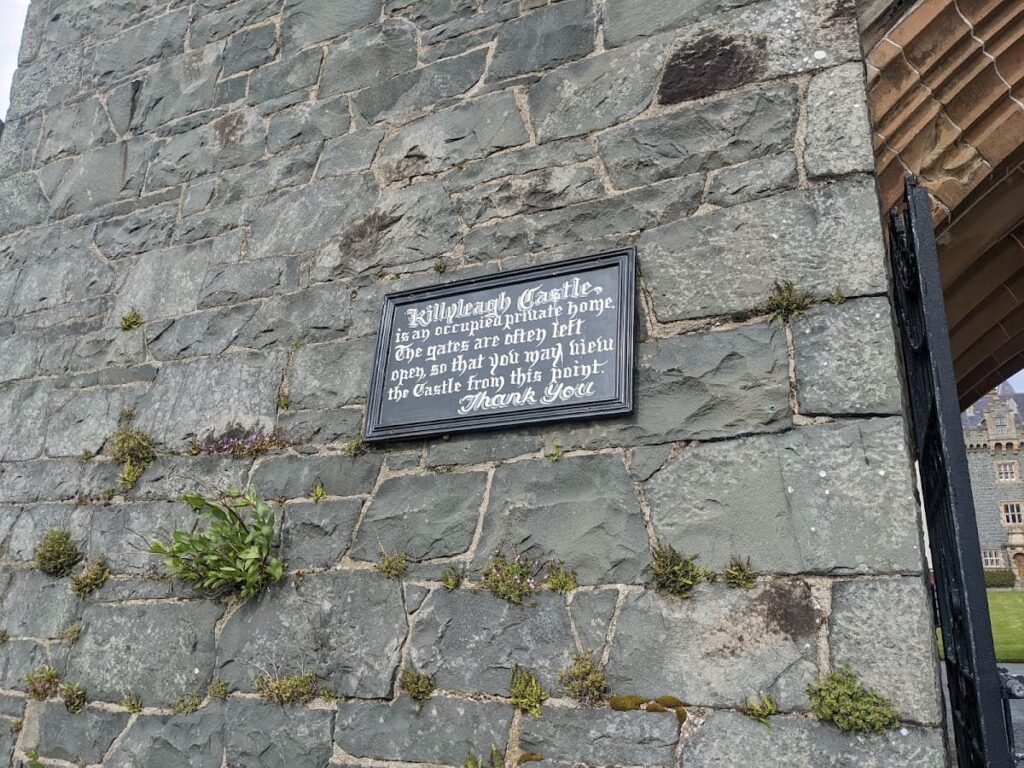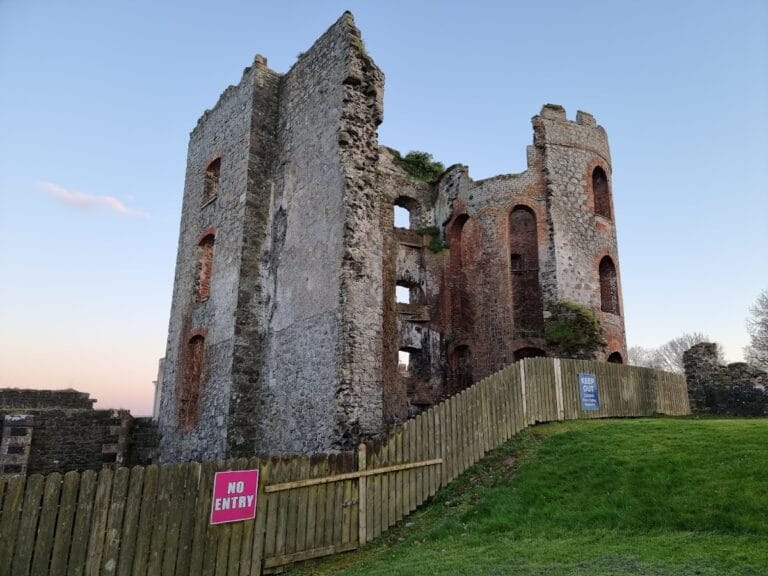Killyleagh Castle: A Norman Stronghold in Northern Ireland
Visitor Information
Google Rating: 4.6
Popularity: Low
Google Maps: View on Google Maps
Official Website: castrumtocastle.com
Country: United Kingdom
Civilization: Medieval European
Remains: Military
History
Killyleagh Castle stands in the village of Killyleagh, County Down, Northern Ireland. It was originally constructed around 1180 by the Norman knight Sir John de Courcy. Following the Anglo-Norman conquest of Ireland in 1171, de Courcy built the castle as part of a defensive network around Strangford Lough. This network aimed to secure newly conquered lands against native Irish clans and Viking raids.
In the early 1600s, the castle became involved in a territorial dispute after King James I divided Gaelic chieftain Con O’Neill’s lands between Scottish aristocrats Hugh Montgomery and James Hamilton. Around 1625, Hamilton, who became the first Viscount Claneboye, took ownership of Killyleagh Castle. The Hamilton family has maintained ownership ever since.
The castle originally featured a single tower, but the 1st Earl of Clanbrassil, son of the Viscount, added a second tower. During the English Civil War in 1649, Oliver Cromwell’s forces besieged and heavily damaged the castle. Attacking from both land and gunboats on Strangford Lough, Cromwell’s troops forced the Earl to flee, leaving his family behind. The castle was confiscated during this period.
After the monarchy was restored, the 2nd Earl of Clanbrassil rebuilt the castle in 1666. He repaired the towers and the northern wall, creating much of the structure seen today. Following the deaths of the 2nd Earl and his wife Lady Alice Moore, a complex inheritance dispute arose. Destroyed and later rediscovered wills led to the 1697 division of the estate among Hamilton cousins and a niece. The main house and towers passed to Gawn and William Hamilton.
The castle remained in the Hamilton family through successive generations. Between 1806 and 1834, Archibald Hamilton Rowan, an Irish nationalist and member of the United Irishmen, lived at Killyleagh after returning from exile in America. In the mid-19th century, Archibald Rowan-Hamilton and his wife hired architect Sir Charles Lanyon to restore and remodel the castle. Lanyon added romantic turrets and shaped the castle’s current silhouette.
At one time, the estate’s bawn (a defensive wall) and gatehouse belonged to descendants of Anne Stevenson (née Hamilton), who married into the Stevenson and later Blackwood families, including the Barons Dufferin and Claneboye. In 1860, the 5th Baron Dufferin and Claneboye returned the bawn and gatehouse to the Hamiltons and commissioned a new gatehouse to complement the castle.
During the Irish Civil War in the 1920s, the castle was attacked by the Irish Republican Army. Gunfire was exchanged from the battlements, marking the castle’s involvement in the conflict.
From 2012 to 2014, Killyleagh Castle served as a filming location for television shows, including the CBBC series “Dani’s Castle.” Today, it remains a private residence of the Hamilton family, currently occupied by Gawn Rowan Hamilton and his family. The castle occasionally hosts concerts and traditional events.
Remains
Killyleagh Castle is built in a Norman style inspired by 12th-century châteaux from France’s Loire Valley. The layout features two main towers on the south and north sides, connected by a residence. The castle is surrounded by a fortified bawn, a defensive wall constructed or restored in 1666.
The original castle, dating to 1180, began with a single tower on the south side. The 1st Earl of Clanbrassil added the second tower, creating a two-tower design. The 2nd Earl’s 1666 reconstruction included rebuilding the north tower and strengthening the northern wall and bawn, which remain central to the present structure.
In the late 17th century, after the estate was divided, Gawn and William Hamilton opened a new entrance on the north side to access their portion of the castle. This modification altered the castle’s approach and internal circulation.
The mid-19th-century restoration by Sir Charles Lanyon introduced romantic turrets with small conical roofs, often called “candle snuffers,” which define the castle’s roofline today. Lanyon preserved original window placements and retained vaulted rooms in the northern circular tower, as well as pentagonal rooms in the Georgian section.
The gatehouse was rebuilt in the 1860s by Benjamin Ferrey in a baronial style to harmonize with the castle’s corner towers. This gatehouse features an imposing doorcase symbolizing renewed access after nearly two centuries. The gate lodges have since been converted into self-catering holiday accommodations.
Inside, the castle includes interconnected rooms such as the drawing room, dining room, and library, all facing south toward the garden. Heavy plasterwork in these rooms is attributed to a craftsman named Mr. Fulton.
Killyleagh Castle shows no architectural traces of an Irish tower house, distinguishing it as a Norman and Loire-inspired structure. The castle is well preserved and remains inhabited, maintaining its historical integrity while adapting to modern use.










